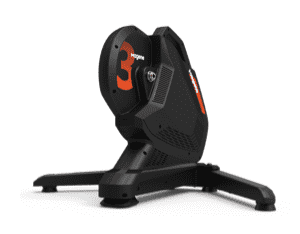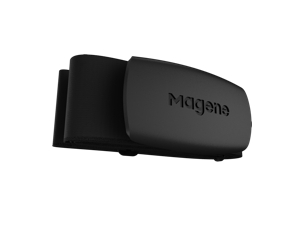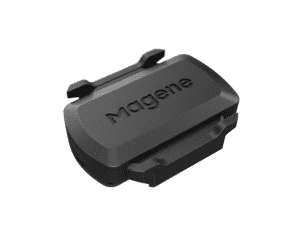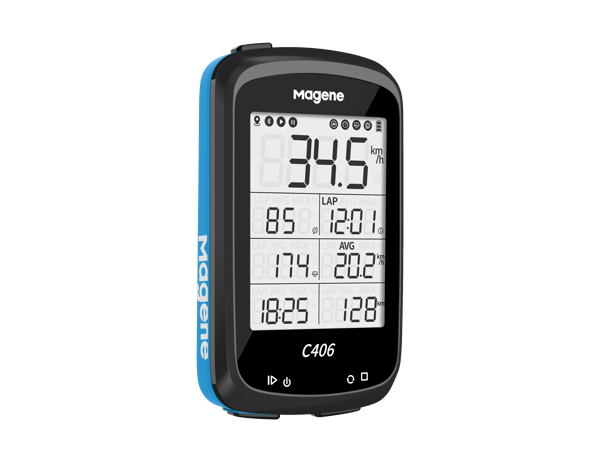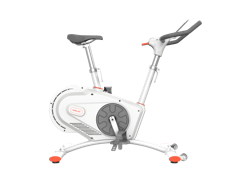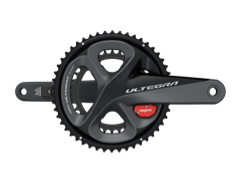Torque Sensor vs. Cadence Sensor: which is better?

On an e-Bike, the Torque Sensor or the Cadence Sensor is important in the e-bike system for improving performance and operation. Below, we will briefly compare and analyze them.
Torque Sensor
The torque sensor is a device that senses changes in the rider’s outgoing force acting on the pedals, cranks, and bottom bracket. It measures the torque or force changes generated during riding. The torque sensor senses the changes in real time and transmits the signal to the controller to adjust the motor’s output. For example, in the case of climbing a hill at a low speed, although the speed and pedaling frequency are not high, the rider will need more power to pedal, and then the motor receives the feedback from the torque sensor and will output more to assist the rider. Therefore, the torque sensor can help to provide more precise power output, thus optimizing the riding experience.
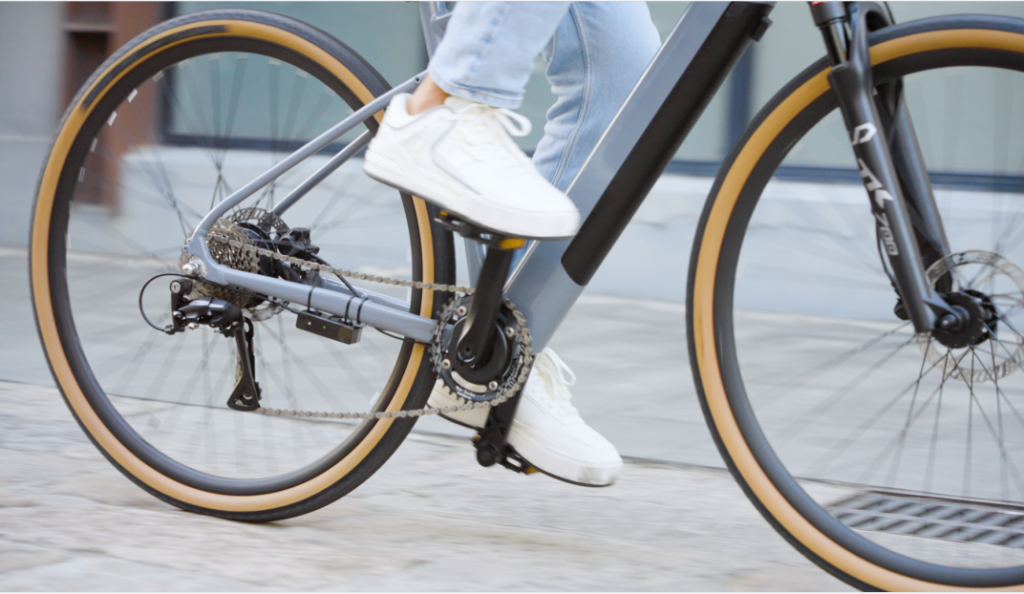
Cadence Sensor
The cadence sensor is more focused on monitoring how often the rider pedals. It can sense the rhythm and speed of the rider’s pedaling in real-time and transmit this signal to the controller. The working principle of cadence sensors is generally through physical contact, such as via metal contacts or magnetic induction, to detect the pedaling frequency. There is also some new cadence sensor that adopts non-contact design, such as through infrared or ultrasonic wave to detect the pedaling frequency. The cadence sensor is critical in speed control and mileage calculation. For example, when calculating the total mileage, it is necessary to multiply the distance and the number of times of each pedal stroke, and the number of times of each pedal stroke needs to be provided by the pedaling frequency sensor. In addition, the cadence sensor can also help control the power output at a specific pedaling frequency to adapt to different riding needs.
In summary, torque and cadence sensors are critical in adjusting the electric assist during the riding. Their main difference lies in the different physical quantities they measure: the torque sensor mainly measures the torque or force during riding. However, the cadence sensor focuses on the frequency of the rider’s pedaling. With its help, the motor’s power output will be precisely adjusted during the riding, providing a better riding experience. At the same time, their presence also makes e-Bike much more intelligent and better to meet the various needs of users.

